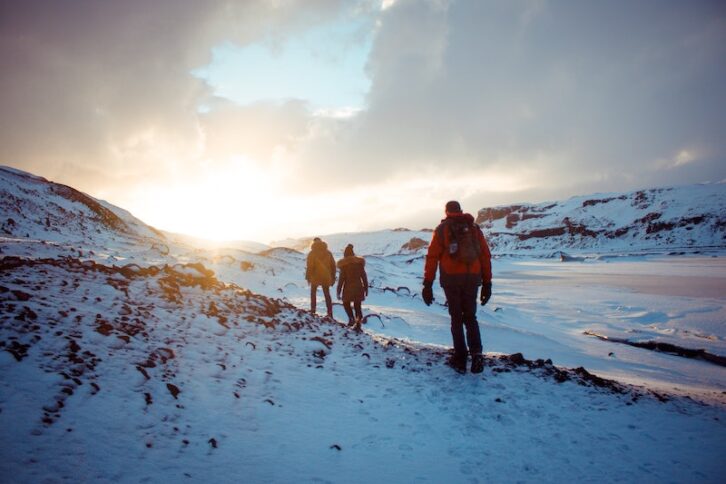Congratulations if your New Year’s resolution is to get in tip-top shape, but be careful if you plan on going hiking. Even though it’s possible to hike in Canadian winters, you must know how to stay warm to survive.
Don’t just walk into the wild without a care in the world. Let’s look at a few things you should remember before hiking into the unknown. If you start now, you’ll probably be an expert by the time summer rolls around.
1. Pack A Warm Lunch
Don’t just take fruit and nuts when you go for a hike. Take hot stew, curry, or soup with you in a food flask. It has a wider opening than drink flasks, so you’ll be able to fit a spoon into it when you’re eating.
You’ll need some coffee or tea in a drink flask too. Make sure you have something warm to eat before you leave, which will warm your stomach. You don’t want to devour your lunch before you’re a mile into the trip.
2. Carry Extra Clothes
Shoes for women and men should be capable of handling low temperatures and thick snow, but you should still have a pair to slip into when you’ve finished the hike. Replace all the clothes you’re wearing back at the car.
Stuff an extra pair of gloves, socks, and a hat in your backpack. If they get covered in snow/rain, you’ll want to swap them before you’re finished. Learn how to layer your clothes if it’s not something you’re used to.
3. Let The Sun Hit You
I know it will be cold in winter no matter what the weather’s like, but sunlight bouncing off you will help keep you warm. Don’t start your hike in the morning when it’s dark, and get home before the sun disappears.
You might need to change your route to ensure you don’t end up walking in the shade. It will also help if the forests you’re in aren’t too thick. If there are too many trees, it will be harder for solar heat to get through.
4. Hand And Toe Warmers
If you keep your head warm, it’s going to keep your body warm. So it’s crucial to wear a quality hat and scarf, but you also need to keep your hands and feet warm. It’s harder for blood to reach them than other parts of your body.
Invest in some hand and toe warmers, which will go inside your gloves and Rieker boots. They reach high temperatures and might last until the end of your hike. If you’re too hot, you can always take them out.
5. Picking Up The Pace
You won’t be able to walk as slow as you do in spring or autumn. In winter, you need to keep walking at a pretty quick pace. If you’re feeling a little cold, you can pick up the pace until your body temperature increases.
It’s also a bad idea to stop as often. If you’re tired, you can take a break for 5 minutes, but you’re going to get cold standing around. Don’t walk too far if you don’t think you’ll make it back to your car without a struggle.
It’s Only A Few Months
You only have to take extra precautions for a few months. Once the temperature starts going up, it’s easier to hike without worrying about the weather.
